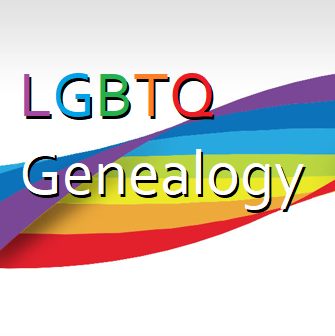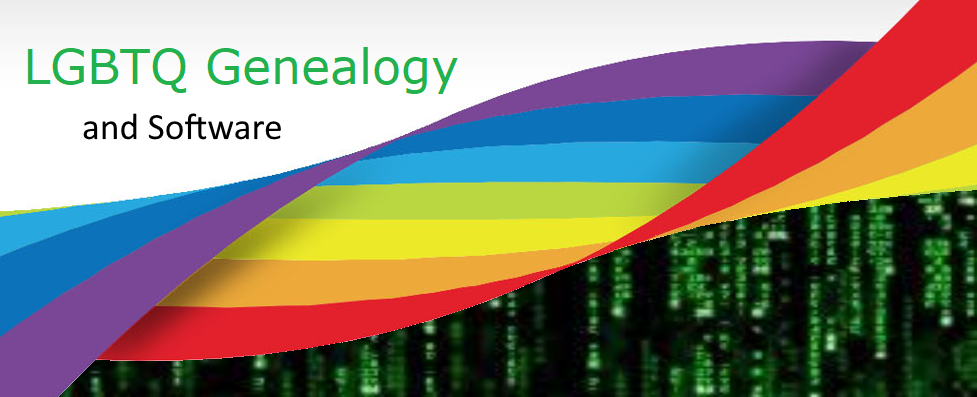As genealogists, our task involves reconstructing family histories from genealogical records, striving to uncover the identities and life experiences of our ancestors. Marriage and birth records play a crucial role in confirming relationships, essentially revealing the individuals with whom our ancestors shared intimate connections. We are often asking if a child was from the first wife, the second wife, or the mistress—questioning the identity of the sexual partner responsible for creating this offspring. Acknowledging that some people in our family trees also engaged in same-sex relations is no different.
It’s essential to acknowledge that LGBTQ individuals have always existed. Within your family tree, there are likely LGBTQ members—either as direct ancestors or peripheral relatives. The so-called confirmed bachelor or spinster aunt may not have been unsuccessful in finding a spouse. They may have had long-term partners but we will not find legal documentation or family acknowledgments that pass down their stories.
Recognizing homosexual relationships in genealogy should be no different from documenting heterosexual ones. However, proving LGBTQ relationships poses challenges, requiring a careful examination of available genealogical records for subtle clues about sexuality. These hints can be found in various sources, such as photographs, census data, newspapers, obituaries, cemeteries, military records, other record sets, and in LGBTQ archives.
Understanding our ancestors’ sexuality holds significance in understanding a family’s story. Whether living in secrecy or openly, sexuality influenced decisions such as their choice of profession or where they felt safe living. These decisions, in turn, affected their relatives, friends, associates, and neighbors. Did family members know and safeguard the secret of their sexuality? Did they face social exclusion from those around them? Were there unexplained family rifts or separations? Contextualizing family stories through an understanding of our ancestors’ sexuality can provide valuable insights.
Knowledge of LGBTQ history is crucial for contextualizing relationships and records. The prevailing laws and social attitudes of the time determined the extent to which individuals could openly express their sexuality. A grasp of history illuminates the genealogical records, providing a richer understanding of our ancestors’ lives.
Stay tuned for an upcoming series of blogs where I delve into the process of discovering clues in the genealogical record about LGBTQ ancestors and guide you on placing these hints within the context of LGBTQ history.



